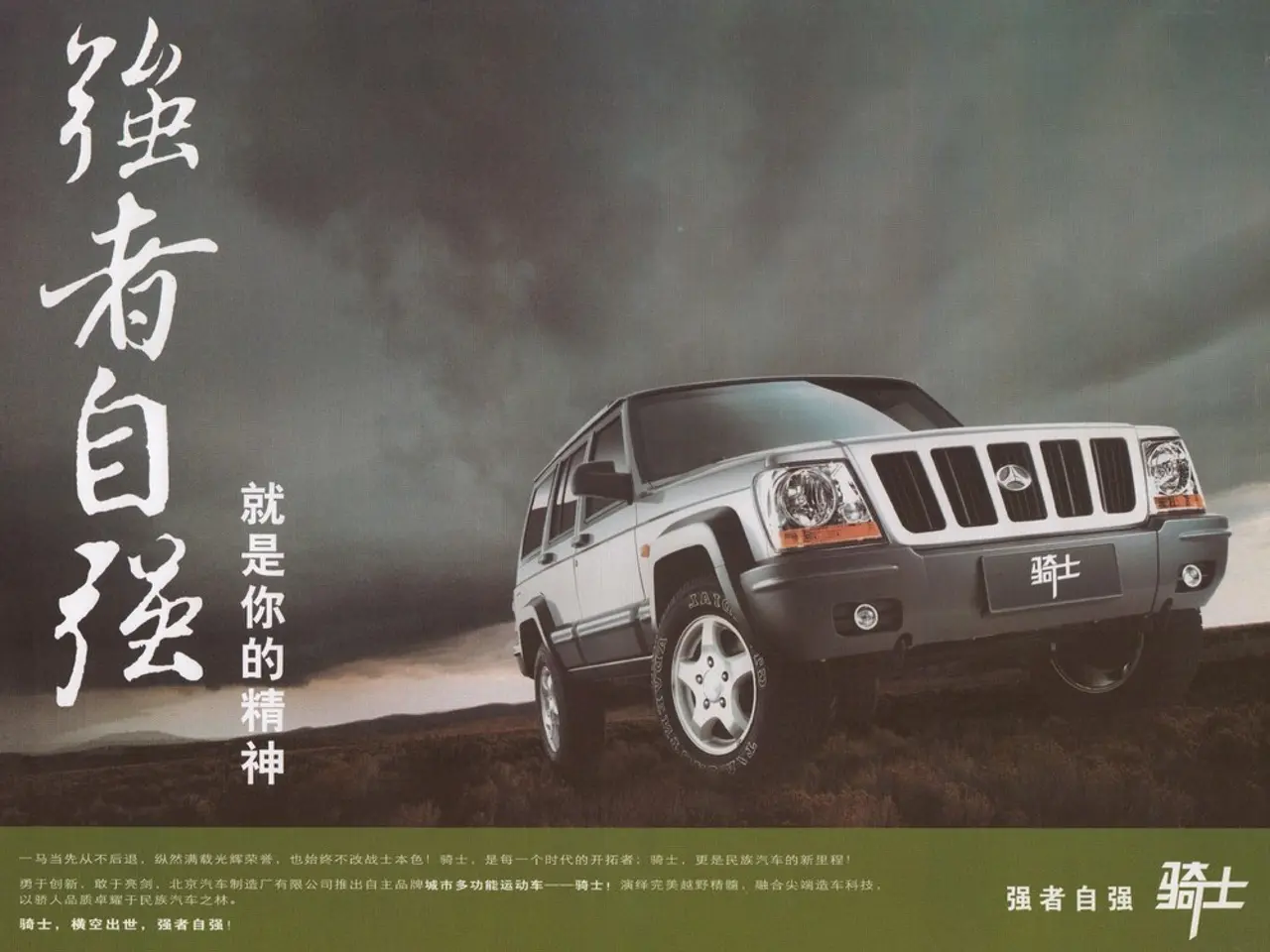Modi in India promises unwavering protection for farmers' interests amidst Trump's tariff offensive
The United States has imposed a cumulative 50% tariff on Indian goods, effective from late August 2025. This tariff, which affects about 55% of India’s $86.5 billion exports to the U.S., is primarily due to trade with Russia[1][5].
The tariff includes a base 25% reciprocal tariff and an additional 25% secondary tariff linked to India’s continued trade with Russia[1][5]. Sectors such as shrimp, chemicals, textiles, gems and jewelry, steel, aluminum, machinery, and furniture are among those hit hardest by the tariff[2][5].
In response, India is considering retaliatory tariffs on certain U.S. goods, marking a potential first formal trade countermeasure[1]. This escalation comes amid concerns from Moody’s about an economic growth slowdown to 6% GDP growth in FY26 if the tariffs stay in place[3].
India's leadership, including Prime Minister Narendra Modi and former Vice-President M Venkaiah Naidu, have condemned the tariffs and vowed to protect strategic and energy interests without yielding to U.S. pressure[3].
The tariff conflict is significantly impacting India’s foreign relations.
BRICS nations
The expanded BRICS bloc, now comprising 10 members, has condemned U.S. tariffs as "unilateral coercive measures" inconsistent with WTO rules. BRICS leaders have criticized sanctions targeting member countries, asserting violations of international law and rights, and are advancing initiatives such as de-dollarization via "BRICS Pay" and China’s CIPS to challenge U.S.-dominated trade[2].
Diplomatic coordination
Brazil’s President Lula, BRICS chair, is actively engaging with India’s Modi and China’s Xi Jinping to discuss a unified BRICS response to the U.S. tariffs[4]. India is simultaneously deepening ties with Russia, including discussions on expanding defense cooperation, and cautiously re-engaging with China, highlighted by planned high-level visits and regional summits[4].
U.S. relations
U.S. President Trump has ruled out trade negotiations with India until tariff issues are resolved. U.S. commentators warn the tariffs risk pushing India closer to Russia and China, potentially consolidating opposition to the U.S. position in global politics[3]. India, meanwhile, is advised to rebuild its U.S. relationship gradually but also to strengthen ties with BRICS and other affected nations[4].
The tariff conflict has also affected India's equity market, with the market slipping another 0.5% on Thursday to three-month lows due to tariff risks and muted earnings growth[1].
In response to the U.S. tariffs, Indian industry leaders, including Sudhir Sekhri and Mukesh Ambani, have expressed concerns about the impact on their businesses[1]. The industry, already struggling with global headwinds, has expressed alarm over the tariff hike[1].
The U.S. tariffs on Indian goods have deepened trade tensions, triggered possible Indian retaliations, and accelerated India’s strategic alignment with BRICS countries, especially China and Russia, as they collectively oppose U.S. unilateral economic measures and seek alternatives to the dollar-based trade system[1][2][3][4][5].
- Amid escalating trade tensions, the U.S. tariffs on Indian goods have prompted concerns within the general news sector about the potential impact on various business sectors, such as shrimp, chemicals, textiles, and steel.
- In the realm of politics, Prime Minister Narendra Modi and other Indian leaders have criticized the tariffs and emphasized the need to protect strategic and energy interests, while also considering retaliatory measures against certain U.S. goods.
- The diplomatic landscape has been influenced by these tariff conflicts, with the expanded BRICS bloc collectively opposing U.S. unilateral economic measures and seeking alternatives to the dollar-based trade system, reinforcing India's strategic alignment with BRICS countries, particularly China and Russia.







